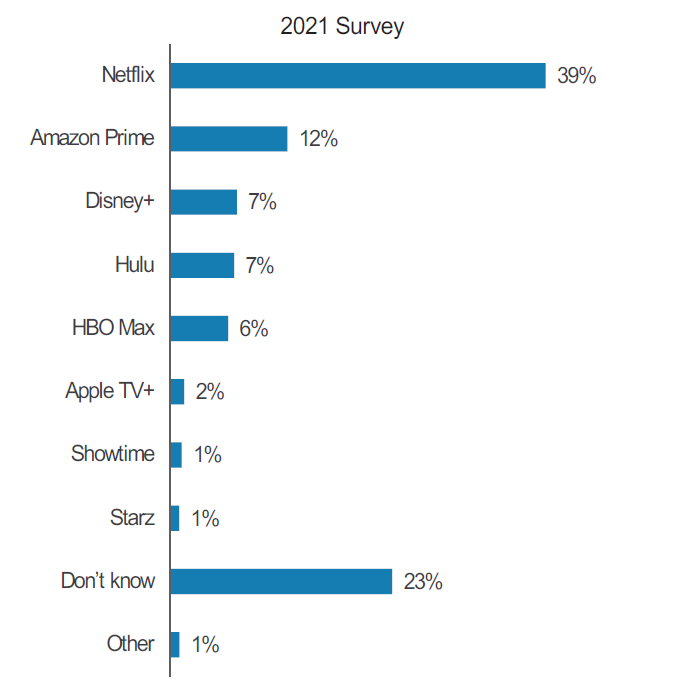Streaming services, often dubbed as the new kings of home entertainment, have taken the world by storm. The convenience of on-demand content, user-friendly interfaces, and a vast library of movies, TV shows, and documentaries have made them an integral part of our daily lives. But what truly distinguishes these platforms from traditional cable TV or cinema is their production of original content.
Original content refers to exclusive movies, TV series, documentaries, and other forms of entertainment produced and distributed by streaming platforms. Netflix’s “Stranger Things,” Amazon Prime Video’s “The Marvelous Mrs. Maisel,” Disney+’s “The Mandalorian,” and HBO’s “Game of Thrones” are just a few examples of original content that have captured audiences worldwide. In this blog post, we’ll explore the reasons behind the surge in original content production, its impact on the industry, and the implications for the future of home entertainment.
The Rise of Original Content:
The popularity of original content can be attributed to several factors. Streaming services, in a bid to attract and retain subscribers, have invested heavily in creating their exclusive content. This strategy not only differentiates them from competitors but also allows them to control the availability and distribution of content. With a plethora of streaming platforms available today, each has its own unique library of original content, ensuring there’s something for everyone.
One of the primary drivers behind the rise of original content is the freedom it offers to creators. Unlike traditional networks, streaming services tend to be less restrictive when it comes to content creation. This creative liberty has given rise to groundbreaking shows and movies that push boundaries and explore unconventional themes. Creators have the space to experiment and bring innovative ideas to life, resulting in content that resonates with diverse audiences.
Impact on Traditional Entertainment:
The surge in original content has had a profound impact on traditional entertainment industries. Cable TV, which once dominated the home entertainment landscape, has been experiencing a decline in subscribers as more viewers cut the cord in favor of streaming services. This shift has forced traditional networks to adapt to the changing landscape.
Cinema, too, has had to adapt to the changing dynamics. With streaming platforms releasing original movies on the same day as their theatrical release, moviegoers now have the choice to watch films in the comfort of their homes. This has prompted cinemas to enhance the movie-going experience with larger screens, immersive audio, and unique offerings, which may not have been considered in the absence of streaming competition.
Moreover, traditional networks and studios are now collaborating with streaming platforms to produce original content. This blending of traditional and digital media highlights the significance of streaming services in shaping the future of entertainment. The distinction between what is a TV show and what is a movie is becoming increasingly blurred, thanks to the diverse content offered by streaming services.
Challenges and Controversies:
While original content has undeniably transformed the entertainment landscape, it hasn’t been without its share of challenges and controversies. The rapid production of content, driven by the need to keep subscribers engaged, has raised concerns about quality and oversaturation. With numerous series and movies vying for viewers’ attention, it can be challenging for any single piece of content to stand out.
Original content has also faced criticism regarding representation and inclusivity. Critics argue that the industry must do more to address diversity both in front of and behind the camera. While streaming services have made strides in this area, there is still room for improvement to ensure that a wide range of voices and perspectives are heard.
Furthermore, the economic model of streaming platforms has raised questions about fair compensation for creators. Unlike traditional networks that relied on advertising revenue, streaming services primarily rely on subscription fees. This model can put pressure on platforms to keep subscribers engaged, sometimes at the expense of creators’ compensation.
The Future of Original Content:
The future of original content in streaming services looks promising and uncertain in equal measure. As technology continues to evolve, we can expect more immersive and interactive forms of content. Virtual reality experiences, interactive storytelling, and AI-generated content are areas that streaming services are likely to explore.
One trend that may become more prevalent is the global expansion of original content. Streaming platforms are increasingly investing in international content to cater to a global audience. Shows like “Money Heist” and “Squid Game” have demonstrated the potential of non-English language content to become international hits.
Another aspect of the future is the continued integration of social media and user-generated content. Streaming platforms may incorporate social features that allow viewers to interact with content and creators, creating a sense of community around the content.
In terms of challenges, the industry will need to address issues related to privacy, data security, and content regulation. As streaming platforms collect more data about viewers’ preferences, there are concerns about how this data is used and protected. Content regulation and the battle against piracy will also be ongoing challenges for the industry.
Conclusion:
Original content has become the crown jewel of streaming services, driving the shift in home entertainment from traditional cable and cinema to the on-demand, diverse, and boundary-pushing world of digital content. As the streaming industry continues to evolve, it will be fascinating to witness how original content shapes the future of entertainment, transcending boundaries and bringing new experiences to viewers worldwide.



